BigQuery Omni pulls Google, AWS, and Azure analytics into one UI
Google's Anthos-powered platform lets users analyse data across multiple providers at once
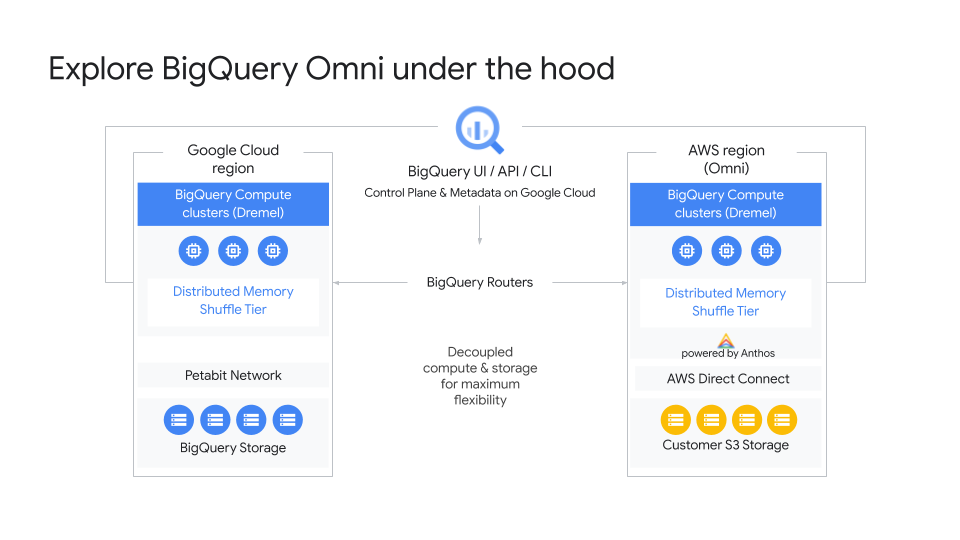
Google has launched an early version of BigQuery Omni, its new analytics tool that lets users access and view data across Google Cloud and Amazon Web Services without leaving the Big Query UI.
Powered by Google Anthos, its vendor-neutral app development platform, users will be able to use SQL and the standard BigQuery APIs to manipulate data silos sourced from multiple platforms, without having to manage the underlying infrastructure.
Although the initial alpha launch of the service is restricted to Google Cloud and AWS, Google has also confirmed that Microsoft Azure will eventually be supported.
The tool has been designed to target those customers who rely on multiple cloud service providers and are forced to juggle and consolidate a number of analytics tools in order to get a view of their data.
This is made possible by the decoupling of storage and compute, according to the firm. The compute side has always been regarded as ‘stateless’ but, until now, BigQuery required data to be stored in Google Cloud – this restriction has now been scrapped, allowing customers to store their data in any supported public cloud.
This single view means that customers can use BigQuery Omni to run SQL queries on clusters in whichever region the data resides. For example, it will be possible to query Google Analytics 360 Ads data stored in Google Cloud while simultaneously querying logs data from any apps stored in AWS S3. This can then be used to build a dashboard to get a complete view of audience behaviour alongside ad spend.
This means customers can avoid any costs associated with moving or copying data between cloud platforms in order to get a full view, Google claims.
Get the ITPro daily newsletter
Sign up today and you will receive a free copy of our Future Focus 2025 report - the leading guidance on AI, cybersecurity and other IT challenges as per 700+ senior executives
“85% of respondents to 451 Research’s Voice of the Enterprise Data & Analytics, Data Platforms 1H20 survey agreed that the ability to run the same database on multiple cloud/data centre environments is an important consideration when selecting a new data platform,” said Matt Aslett, research director, Data, AI and Analytics, 451 Research.
“As hybrid and multi-cloud adoption has become the norm, enterprises are increasingly looking for data products that provide a consistent experience and lower complexity of using multiple clouds, while enabling the ongoing use of existing infrastructure investments," he added.
RELATED RESOURCE
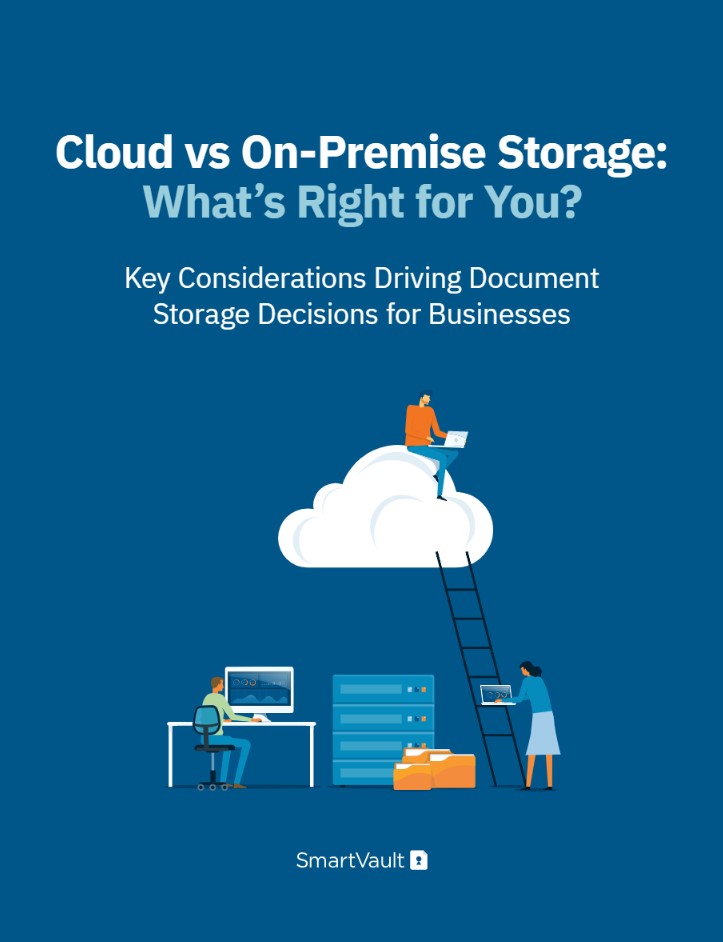
Cloud vs on-premise storage: What’s right for you?
Key considerations driving document storage decisions for businesses
The new system is built using Anthos, an app development platform launched last year to appease customers that wanted a single programming model that allowed for data to be moved between their various cloud providers without charge or requiring changes.
The underlying infrastructure is run entirely by Google, including any communication between cloud providers, on the familiar BigQuery UI, so there will be little operational change from the customers’ perspective, the company claims.
BigQuery Omni’s engine will run on Anthos clusters inside the BigQuery managed service, and will source data from the various data silos across a customer’s public cloud services, provided they have provided authorisation. In order to run queries, data is temporarily moved from the cloud provider’s data storage to the BigQuery cluster running on Anthos.
For now, BigQuery Omni is only available in private alpha, so customers will need to apply to Google to use it if they’re interested. It’s also only available for AWS S3 for now, with Azure support coming soon.
There is currently no general release date available.
Dale Walker is a contributor specializing in cybersecurity, data protection, and IT regulations. He was the former managing editor at ITPro, as well as its sibling sites CloudPro and ChannelPro. He spent a number of years reporting for ITPro from numerous domestic and international events, including IBM, Red Hat, Google, and has been a regular reporter for Microsoft's various yearly showcases, including Ignite.
-
 Bigger salaries, more burnout: Is the CISO role in crisis?
Bigger salaries, more burnout: Is the CISO role in crisis?In-depth CISOs are more stressed than ever before – but why is this and what can be done?
By Kate O'Flaherty Published
-
 Cheap cyber crime kits can be bought on the dark web for less than $25
Cheap cyber crime kits can be bought on the dark web for less than $25News Research from NordVPN shows phishing kits are now widely available on the dark web and via messaging apps like Telegram, and are often selling for less than $25.
By Emma Woollacott Published
-
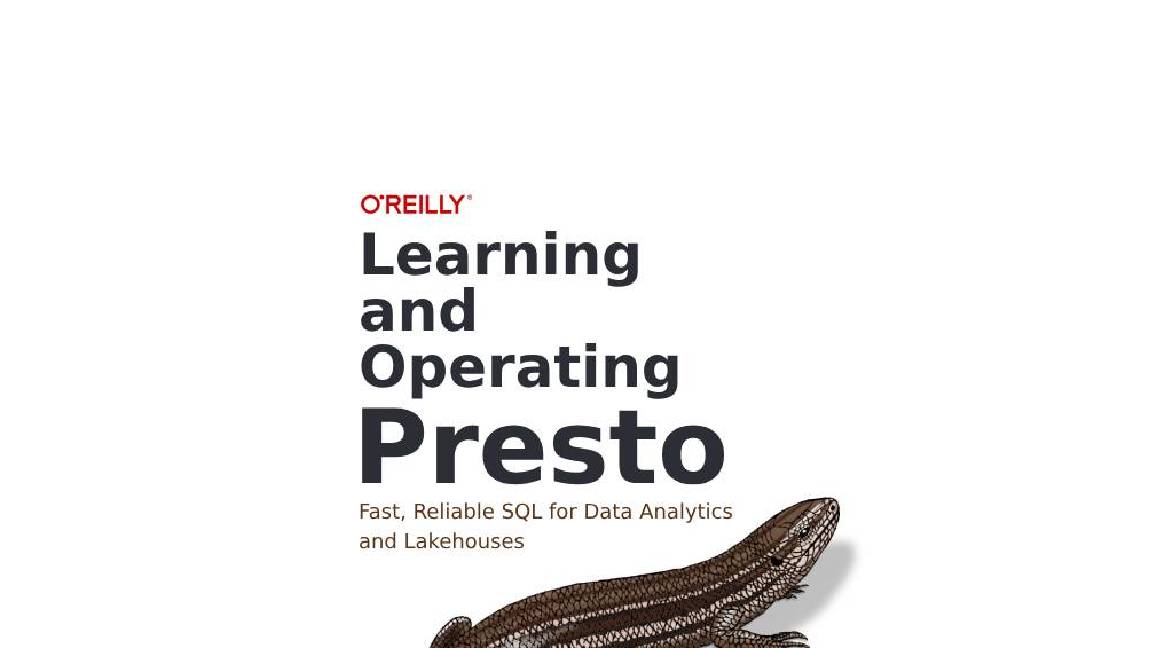 Learning and operating Presto
Learning and operating Prestowhitepaper Meet your team’s warehouse and lakehouse infrastructure needs
By ITPro Published
-
 Four ways AI is helping knowledge workers excel
Four ways AI is helping knowledge workers excelCase Study From medical diagnostics to mining and exploration, many industries are using AI to make their workers more effective
By Sandra Vogel Published
-
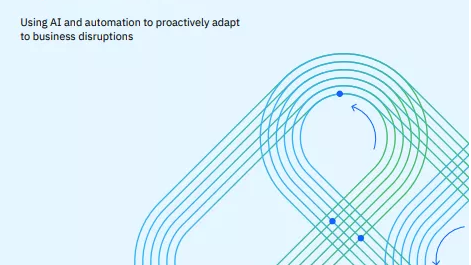 How to help IT manage itself with autonomous operations
How to help IT manage itself with autonomous operationsWhitepaper Using AI and automation to proactively adapt to business disruptions
By ITPro Published
-
 Green Quadrant: Enterprise carbon management software 2022
Green Quadrant: Enterprise carbon management software 2022Whitepaper Detailing the 15 most prominent carbon management software vendors to see if they fit your requirements
By ITPro Published
-
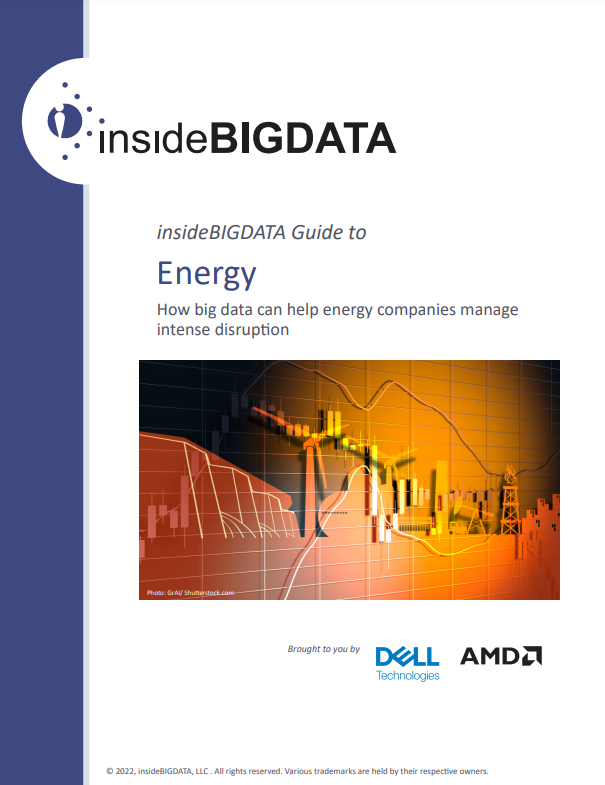 insideBIGData: Guide to energy
insideBIGData: Guide to energyWhitepaper How big data can help energy companies manage intense disruption
By ITPro Published
-
 Machine learning vs statistics: What’s the difference?
Machine learning vs statistics: What’s the difference?In-depth Both machine learning and statistics involve collecting datasets, building models and making predictions, but they differ in approach
By Jonathan Weinberg Last updated
-
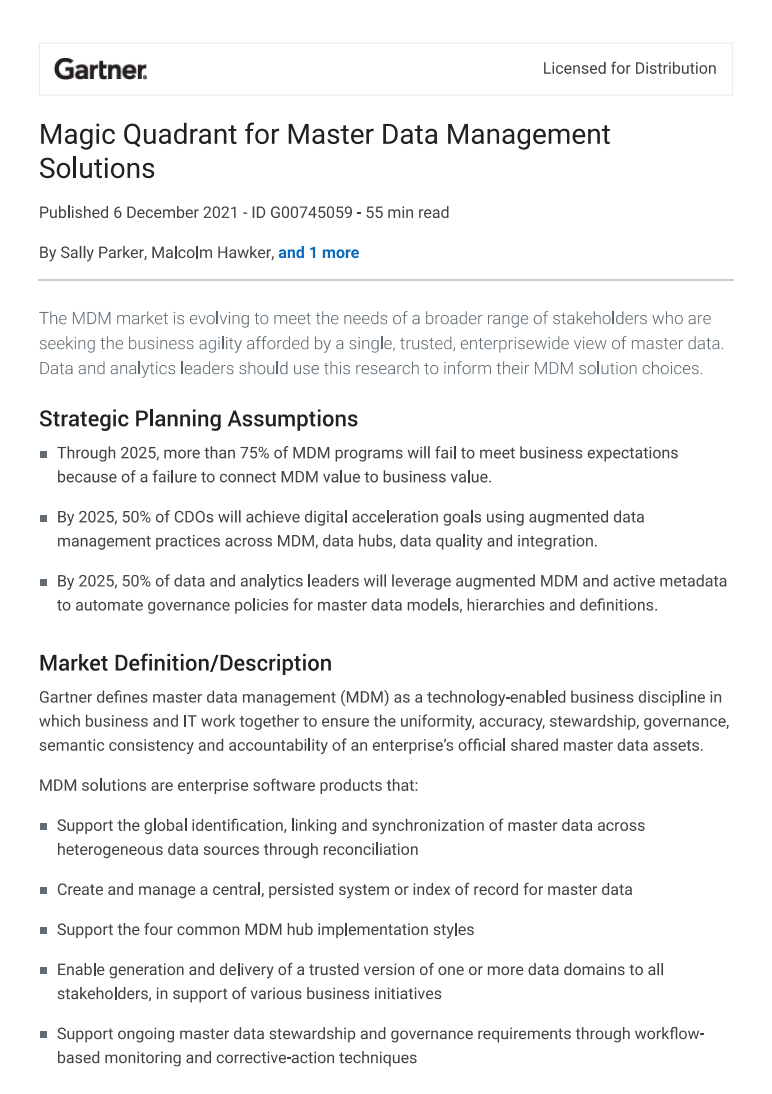 Magic quadrant for master data management solutions
Magic quadrant for master data management solutionsWhitepaper Informing your MDM solution choices
By ITPro Published
-
 Kyndryl partners with Teradata to boost AI and data modernisation
Kyndryl partners with Teradata to boost AI and data modernisationNews The new service combines Kyndryl’s data and AI expertise with Teradata’s cloud analytics platform to help customers migrate data to the cloud
By Daniel Todd Published